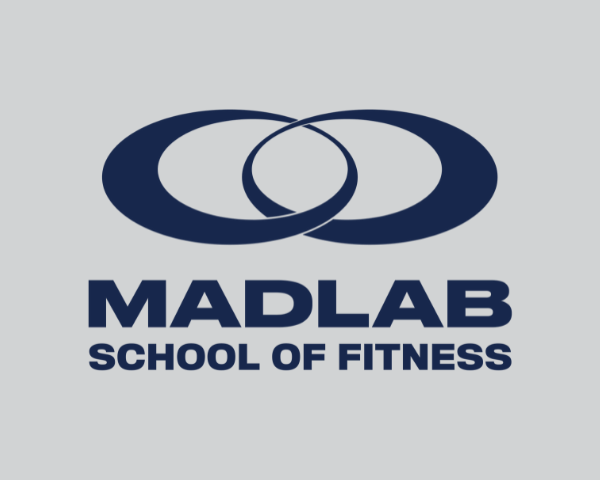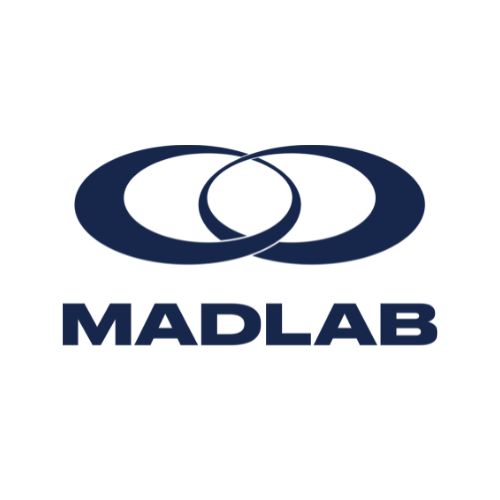FOUR REASONS TO CONSIDER PERFORMANCE-BASED PAY FOR YOUR COACHES
Carl Brenton at 7 Mile Strength and Fitness, Cayman Islands: His revenue in 2014 when he paid his coaches by the hour was less than $250,000. Since switching to a percentage of revenue model, it has consistently increased every year. In 2015, his revenue jumped to $330,000, in 2016 to $500,000, and by 2017 it was nearly triple what it was in 2014. Today, it’s consistently more than one million.
Four Reasons Why:
- Increases Client Retention
- Increases Average Client Value (ACV)
- Increases Client Acquisition
- Reduces Overall Costs
The first three points—client retention, average client value and client acquisition—all come down to incentives being properly aligned.
In short: For the gym to be successful, you want clients to be coming in, paying a lot of money and staying at the gym for as long as possible. Thus, business success can largely be tied to how long are clients sticking around, how much are they paying and are they bringing their friends and family to train with you.
Food for thought: Under the hourly wage system, coaches are not paid based on those metrics, so what would drive them to try to increase client retention or average client value?
In other words, the coach's incentives aren't aligned with the business's incentives.
In the Madlab model, on the other hand, coaches become intrapreneurs inside your entrepreneurial business, and are compensated based on their ability to acquire clients and keep them, meaning everyone's incentives are aligned properly.
How does this affect client retention, ACV and client acquisition?
Let’s take a look:
1. Client retention
Client retention naturally becomes the most important thing for the coach in the Madlab model. Way more important than client acquisition!
Why?
Consider this: New clients require a lot more energy for the coach than someone who has been there for five years, so client retention becomes king. A coach knows if a client quits, they lose money, they start to take it upon themselves to do all they can to ensure people stick around.
As an owner, suddenly, you're not the only one taking clients for coffee or lunch, writing a program for them when they're nursing an injury or going to your clients' kids' Christmas concerts.
“I personally make sure I hang out with each of my clients at least once a year outside the gym. Obviously, there are clients who become good friends who I hang out with more than that, but at the very least, I'll go for coffee, lunch, or have each client over for dinner once a year. I also do one big wine and cheese event for all my clients once a year,” explained Emily Beers, a 15-year coach at Madlab School of Fitness.
Sidenote: But what's stopping the coach from taking all their clients and leaving to open his own gym?
- The answer to this lies in the coach co-op (read more about the coach co-op here) which creates an environment where staying at your facility is more lucrative than leaving to open their own.
- Food for thought: "Have you ever had a coach make $75,000 to $100,000 and pack up and leave the next year?" On our end, we have never had a coach surpass the $50,000 a year barrier and leave to open their own gym. It simply makes no financial sense.
The client retention result: Top Madlab gyms have annual client retention rates well above the industry average at 90 to 95 percent.
2. ACV
Madlab coaches put all their new clients through 12 to 18 personal training sessions prior to putting them on hybrid memberships, which include group classes and regular one-on-one sessions with their coach (usually once every six weeks) to check in and reassess goals while continuing to learn movements and training focuses that are specific to them. Often these memberships also include other services such as nutrition coaching and individual design depending on the clients wants and needs.
All of this means they can charge a whole lot more than gyms whose members pay strictly for group classes, while the coach earns $30 an hour to coach the class.
When it comes to incentives, because the coach earns money from each client each month, it’s in their best interest if they’re offering higher value services and charging more per client each month, thus incentivizing them to pursue ongoing education so they can offer, for example, nutrition coaching for an additional $150 a month.
In this sense, now it’s not just the business owner trying to increase average client value. Coaches, too, are on board!
Best of all: When it’s time to raise rates, the gym owner isn’t alone having conversations with each member of the gym to make sure they don’t quit. Coaches, too, are on board and have the relationships with their clients to raise their rates without worrying about anyone quitting.
Note: Clients at Madlab School of Fitness pay $300 a month for a hybrid membership (as of 2023), way above the industry average at functional fitness gyms, which sits at around 50 percent of that.
3. Client Acquisition
Gone are the days where the gym owner feels like they’re the only one invested in acquiring new clients. In the Madlab compensation model, coaches, too, are invested, as another client means more money for them.
As a gym owner, it's a pretty big relief once your coaches start asking for referrals, coming up with their own marketing campaigns, and bringing new clients into the gym.
4. Reduces Costs
Finally, for the business owner, when coaches are paid the Madlab way, the business saves money in the form of both business expenses and the gym owner’s time, time, time.
Business costs: While this is a bit outside the scope of this article, under this system, coaches are responsible for variable costs (The business covers fixed costs like rent and heat, and the coaches split the costs of things like toilet paper, cleaning, whiteboard pens). This encourages coaches to stop their clients from using an entire block of chalk to get through 100 pull-ups and doing our own research to find a cheaper cleaning company.
- Second, payroll is now directly tied to revenue. And it's in everyone's best interest—the coaches and the owner—to increase revenue. Under the dollars per hour system, on the other hand, coaches don't care if the business is doing well. They just show up and coach and get compensated for the hours they work.
Time, time, time: In short, coaches in the Madlab model think and act like entrepreneurs, which means they’re more inclined to do the small, often unnoticed tasks that usually fall on the gym owner, because they, too, benefit when the business is successful.
- Further, coaches do their own billing, their own scheduling, they’re responsible for social media, for blogging, for marketing their own specialty program etc, again, saving the gym owner all-important time.
Key Takeaway
When your coaches are paid based on the Madlab compensation model, they start thinking and acting like entrepreneurs, develop business savvy of their own, and the business benefits in the form of revenue and profit, not to mention significantly less work and less headaches (most notably retaining clients and finding new ones) for the owner to deal with.,
The result is more successful clients (as measured by their willingness to pay for a high value service for a long time), more successful coaches (as measured by their monthly paycheque) and a more financially profitable business.
If you found this article helpful and would like to see exactly how these types of strategies could improve your sales and dramatically increase your revenue on a consistent basis,
Menu
Contact Us
1980 Clark Drive
Vancouver, BC Canada
V5N 0A9
info@madlabbusiness.com
Follow Us

Copyright © 2023 Madlab Business. All Rights Reserved.

